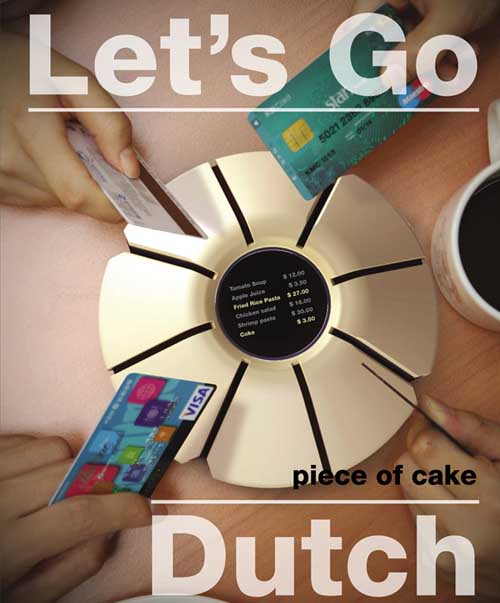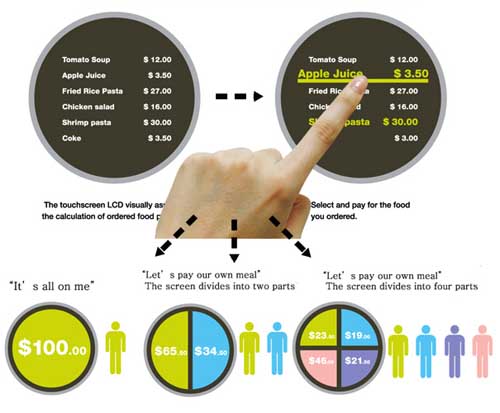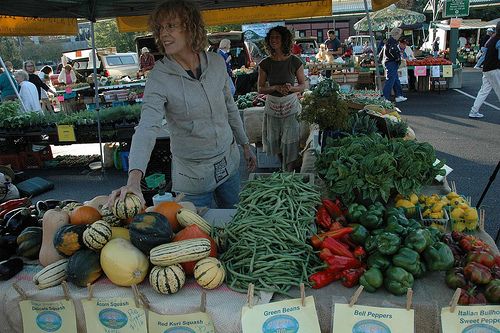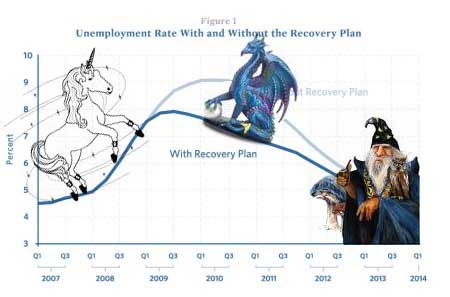We’re getting really close now. Back in August we previewed 37signals Accounts — our new single sign-on system for Basecamp, Highrise, Backpack, and Campfire. Today we announced that we’re just a few weeks out from official release.
We just put up a 37signals Accounts pre-launch page detailing the basics, the benefits, a few screenshots, and FAQs.
Here are a couple highlights:
Centralized sign-in screen
Since we launched Basecamp back in February 2004, every time anyone wanted to log into to any one of our products they had to go to their own custom URL. It’s been fine, but it’s always made us cringe a little. It’s a lot to remember and we often get emails asking us where to log in. Each time we have to explain the custom URL thing. It’s just not right.
So one big part of the 37signals Accounts transition is to centralize sign-in. You’ll now be able to sign in to any one of your accounts at 37signals.com. Here’s roughly what the universal sign in screen will look like:

FYI, you can still sign in at your own custom URLs too. Those sign in screens will look the same as they do today – with your logo centered at the top.
Launchpad
If you sign in, and you use multiple products (or have multiple accounts on a single product), you’ll see the new Launchpad. The Launchpad lists all your accounts. Click one to instantly sign in to that account. You can drag and drop reorder the accounts and columns to best fit your workflow.

The Launchpad is also where you’ll be able to edit your identity. Change personal information (username, password, avatar, etc) here and it’ll change in all your accounts.
And more…
The 37signals Accounts upgrade is a big deal. We understand it will be a bit of a hassle for everyone to pick a new username and password, but you’ll only have to do it once and it will only take a few seconds. Then you’re good to go.
The new 37signals Accounts system also lays the groundwork for a variety of enhancements and cross-product integrations you’ve been asking for. We’ll begin working on these in 2010.
In the meantime, check out the 37signals Accounts pre-launch page and let us know if you have any questions.
Thanks again for your support!








